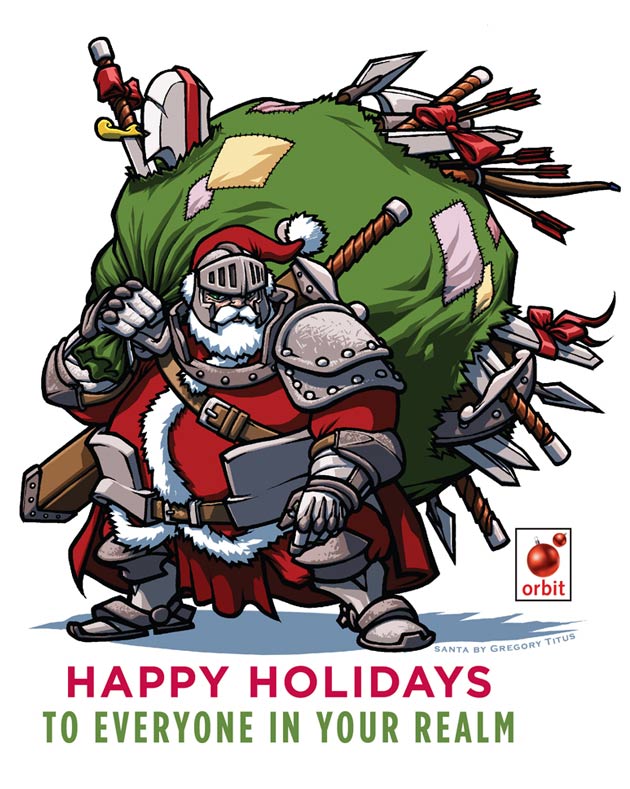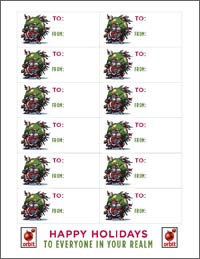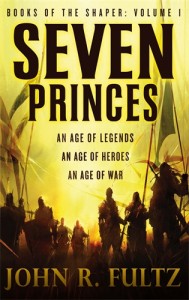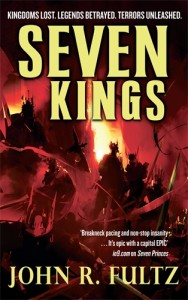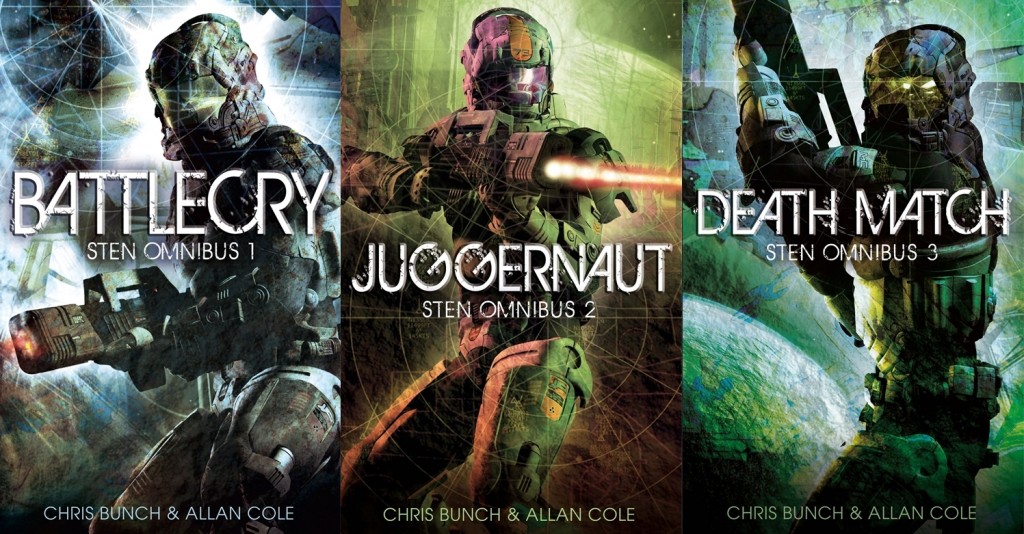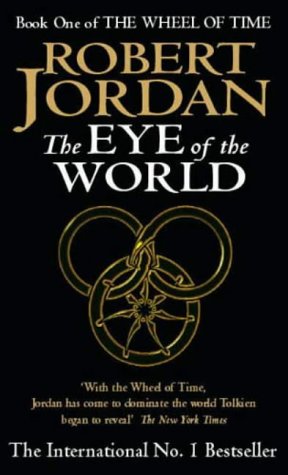SEVEN KINGS – epic fantasy with a capital EPIC
 Today is the worldwide release date for the SEVEN KINGS (UK |US | ANZ), the masterful second book in the Shaper series by John R. Fultz.
Today is the worldwide release date for the SEVEN KINGS (UK |US | ANZ), the masterful second book in the Shaper series by John R. Fultz.
Starting with SEVEN PRINCES (UK |US | ANZ), this whole epic fantasy series really made a big impact on us here in Orbit. It’s crazily imaginative, powerful, energetic and so damn enjoyable.
We loved an io9.com review which said:
‘Breakneck pacing and nonstop insanity . . . It’s epic with a capital EPIC’
. . . as that just about summed it up for us.
With giants walking alongside men, monstrous serpents wreaking havoc and kingdoms doing battle with sorcery, we think this is ideal for anyone who likes their fantasy big, epic and about the ultimate clash between good and evil.
Whilst in some ways the series could be said to hearken back to the “old school” or “traditional” type of fantasy, in many other ways we really felt this series was one of the most original we’ve read in years – having a beautifully lyric, mythical tone and what we considered to be a very unique, distinguished style.
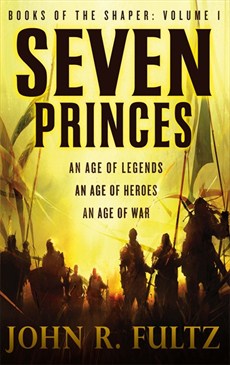 We were really interested to hear about how this style of writing came about. So we asked John what the influences behind his series were:
We were really interested to hear about how this style of writing came about. So we asked John what the influences behind his series were:
I could write a whole book answering this question, but I’ll try to contain myself.
Lord Dunsany was perhaps the inventor of the modern fantasy tale. His work never ceases to inspire me, and his novel The King of Elfland’s Daughter is an immortal classic. His gift for speaking with clever metaphor and concise imagery is stunning, even a hundred years later. Fantasy writers should study his works the way classical composers study Mozart and Bartok.
I’m also a big Robert E. Howard and H. P. Lovecraft fan, but Clark Ashton Smith is my favorite of the old-school Weird Tales writers. In my opinion Smith invented the whole dark fantasy genre. He had the lost cities, the sorcerers, the creatures from beyond space and time, the mummies, the vampires, the decadent dying empires of Zothique and the primordial ooze of Hyperborea. (more…)


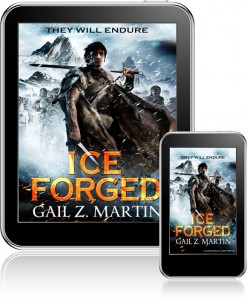
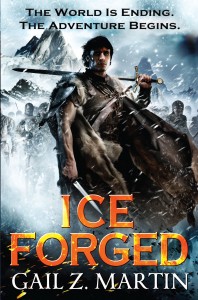
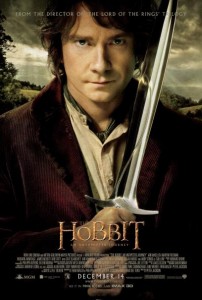
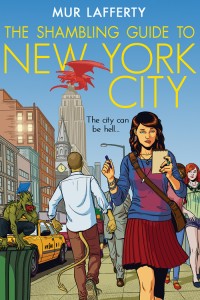 Happy New Year from the Art Department! We’re starting 2013 off right and releasing a cover we know some folks have been very eager to see: THE SHAMBLING GUIDE TO NEW YORK CITY (
Happy New Year from the Art Department! We’re starting 2013 off right and releasing a cover we know some folks have been very eager to see: THE SHAMBLING GUIDE TO NEW YORK CITY (